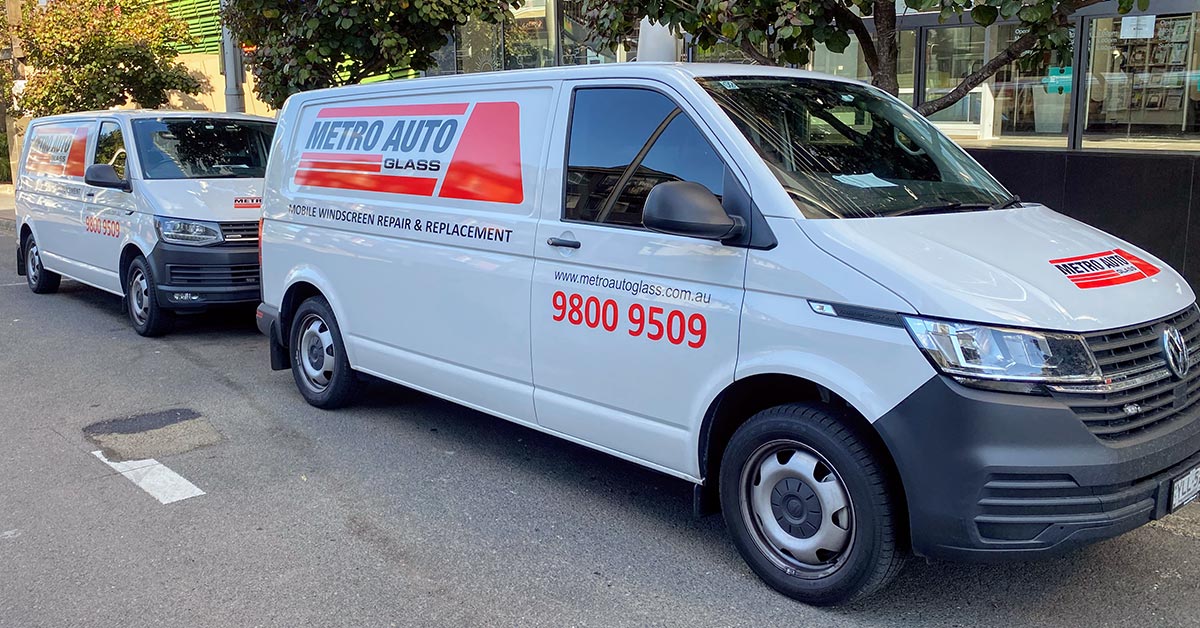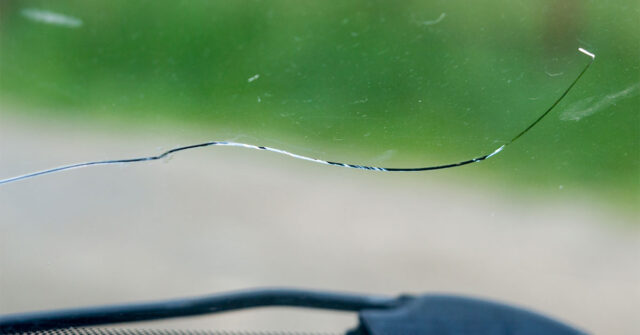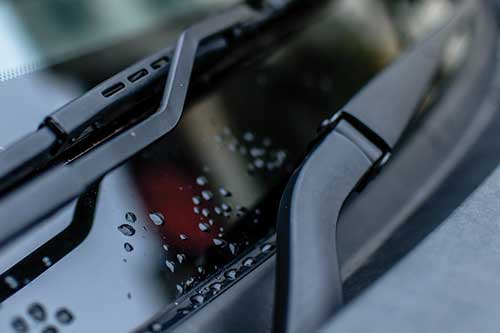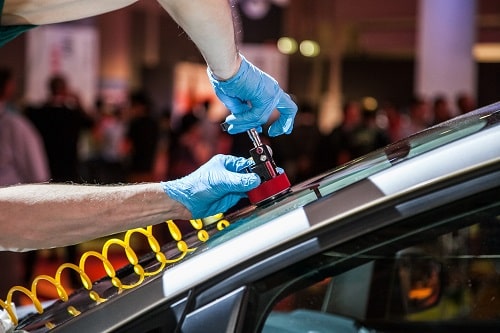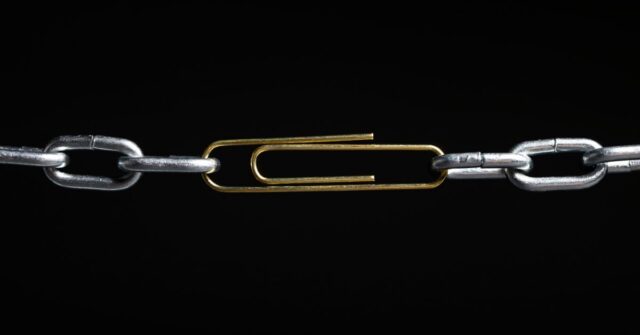Ever had that heart-stopping moment when a rogue stone decides to introduce itself to your windscreen? If you’re nodding along, you’re not alone.
A chipped or cracked windscreen can throw a spanner in the works of your day. The good news? Repairs are quicker and more efficient than ever.
But the burning question remains: how soon can you hit the road without turning that repair into a re-do? Let’s dive deep into the do’s and don’ts of post-repair cruising.
Key Takeaway: Repair times depend on the products that are used by your repairer. At Metro Auto Glass, our chip repairs usually mean no waiting before driving while windscreen replacements usually require 30mins-1 hour wait time. Always ask your technician doing the repair how long you should wait.
Introduction
With your safety as our top priority, let’s embark on a journey to understand the nuances of windscreen repair and how it impacts your drive.
From minor chips to full replacements, knowing the ins and outs can save you time and trouble down the line.
Understanding Windscreen Repairs
Windscreen repairs have come a long way. With advancements in technology, what once might have been a windscreen replacement is now a simple fix.
But, just because the fix is quick doesn’t mean we should rush the aftermath. Understanding the repair process is crucial to keeping your car’s front window—your shield against the elements—in top shape.
The Importance of Following Post-Repair Guidelines
Following the repair shop’s guidelines isn’t about ticking boxes; it’s about safety. These instructions ensure that the bond between your car and its windscreen is as strong as your morning coffee.
Skipping steps or rushing could put you back at square one, facing another repair or, worse, a replacement.
Types of Windscreen Repairs
Different types of windscreen damage require different approaches for repair. Grasping the distinctions is key to managing your expectations and planning your next steps post-repair.
Minor Chip Repairs
Minor chips can often be the easiest and quickest fixes. These are the small battle scars that your windscreen can accumulate from daily driving.
At Metro Auto Glass we use the latest chip repair technology which usually means you can drive away instantly once the repair is finished.
Crack Repairs
Crack repairs, on the other hand, are a bit more complex. Depending on the length and depth of the crack, repair times (and the wait before you can drive) can vary.
Full Windscreen Replacement
When a repair isn’t enough, a full replacement is the next step. This is the most time-intensive option but fortunately, you won’t need to wait all that long.
Our team use fast-drying glue and the latest processes so you only need to wait around 30mins – 1 hour before you can hit the road again.
This is a huge improvement from many years ago when you had to wait much longer before driving.
Your Unique Situation
It is important to note that each repair/replacement is different.
As such you should always ask your technician completing the job how long to wait as the products used in your repair will impact the drying and curing times.
Factors Influencing Driving After Repairs
The time it takes before you can safely drive your vehicle after a windscreen repair is influenced by several key factors. Let’s break down these elements to help you understand why patience is crucial.
Adhesive Cure Time
The cure time for the adhesive is the main factor in determining when you can drive your car post-repair.
The type of adhesive used can vary, which means so does the cure time. Always check with your technician for the specific wait time for your repair.
Environmental Conditions
Australia’s diverse climate means that environmental conditions play a big role in repair times. Humidity and temperature can either speed up or slow down the curing process.
Hotter, drier conditions can shorten wait times, while cooler, humid days might mean a longer wait.
Type of Repair Performed
As mentioned, the type of repair (chip, crack, or replacement) dramatically influences how soon you can drive. Always defer to the guidance of your repair professional—they’ll steer you right.
General Guidelines for Driving After Windscreen Repairs
Adhering to general guidelines can significantly enhance the effectiveness of your windscreen repair or replacement.
This section is designed to guide you through the crucial waiting periods and precautions to ensure the longevity of your repair.
For Minor Repairs
Minor repairs are generally no biggie. You might be ready to roll right away.
But don’t take this as a green light to hit the highway at full speed immediately. Take it easy as you get used to the repaired glass.
For Major Repairs and Replacements
Major repairs and replacements need more downtime. The adhesive needs time to create a strong bond.
Patience is key, follow the directions from your repairer and you’ll be back on your road trips and commutes soon enough.
Understanding Adhesive Cure Time
The cure time of the adhesive plays a pivotal role in the safety and durability of your windscreen repair.
Let’s delve deeper into what cure time means and why it’s so important for your vehicle’s integrity and your safety on the road.
What Is Adhesive Cure Time?
Adhesive cure time is the period it takes for the adhesive used in windscreen repairs or replacements to fully set and reach its maximum strength.
Think of it as letting a good stew simmer—the longer it cooks, the better it sticks.
Factors Affecting Cure Time
Temperature, humidity, and the type of adhesive—these all play a role in how quickly your windscreen’s new bond becomes road-worthy.
Your technician’s advice is based on these factors, ensuring your safety and that of your windscreen.
How Cure Time Affects Safety
Rushing the cure time is like jumping into
a pool before it’s filled with water—a bad idea. The full cure ensures your windscreen can handle the pressures of driving, from high speeds to sudden stops.
Impact of Environmental Conditions
Environmental conditions can have a profound effect on the curing process of windscreen adhesives.
Understanding how temperature and humidity impact this process will help you better plan for a successful repair, regardless of the weather outside.
Temperature and Humidity
In the land Down Under, where temperatures and humidity can vary wildly, these factors can either be your windscreen repair’s best friend or worst enemy.
Your technician will factor these into your wait time, ensuring a repair that’s as solid as a rock.
How to Adjust for Different Climates
Living in a particularly hot or cold part of Australia? Make sure to mention this to your repair technician.
They might adjust the cure time to account for your local climate, ensuring your windscreen repair is set solid.
Safety Tips and Best Practices
Following safety tips and best practices after a windscreen repair can be the difference between a quick fix and a repeat visit to the repair shop.
This section provides essential advice to help you navigate the critical period following your windscreen repair.
Immediate Aftercare
Right after a repair or replacement, treat your car a bit like a newborn. Avoid rough roads and keep your speeds moderate to allow the new windscreen bond to strengthen properly.
Driving Precautions
When you first get back on the road, take it easy. No need for speed or aggressive driving maneuvers. Give your repair the respect it deserves, and it’ll serve you well in return.
When to Consult a Professional
If you’re ever in doubt about your windscreen’s condition post-repair, or if you notice something off, don’t hesitate to consult your technician.
Better safe than sorry, especially when it comes to the integrity of your vehicle.
Legal Considerations in Australia
Navigating the legal landscape regarding windscreen repairs in Australia can help you avoid fines and ensure your vehicle meets road safety standards.
Let’s explore how adhering to legal requirements not only keeps you compliant but also safe on the road.
Road Safety Laws
In Australia, driving with a damaged windscreen can be considered a traffic offence, especially if it obstructs your vision.
Always prioritize getting repairs done promptly and correctly to stay on the right side of the law.
Insurance Implications
Many insurance policies cover windscreen repairs, sometimes without affecting your no-claims bonus.
However, skipping proper repair protocols or driving too soon can void these benefits. Always follow the prescribed wait times for peace of mind and pocket.
FAQs on Driving After Windscreen Repairs
Common questions about driving after windscreen repairs shed light on the dos and don’ts during the crucial period post-repair.
This section aims to clear up any confusion and help you make informed decisions about your vehicle’s care.
Can I Drive Immediately After a Quick Repair?
It all depends on the adhesive product used. Our team uses fast-curing resin to allow you to get back on the road as soon as we have completed the chip repair.
Windscreen replacements, on the other hand, will require a short wait time.
What Are the Signs That My Windscreen Isn’t Properly Fixed?
Unusual noises, visible cracks or chips that haven’t disappeared, or a windscreen that feels loose to the touch are all red flags. If you spot these, get back to your repair shop pronto.
How Long Before I Can Wash My Car?
Hold off on the car wash for at least 24 hours after a major repair or replacement. For minor repairs, your technician will give you the thumbs up when it’s safe to make your car sparkle again.
Conclusion
As we wrap up our comprehensive guide on navigating the period after a windscreen repair, it’s clear that understanding the nuances of repair types, adhesive curing times, and post-repair care can significantly impact the success of your repair.
Armed with this knowledge, you’re better prepared to ensure the longevity and safety of your windscreen, and by extension, your vehicle.
Now, let’s bring it all together with some final thoughts and advice.
We’ve covered everything from the types of repairs to the crucial waiting periods post-repair. Remember, patience is not just a virtue; it’s a necessity for ensuring your windscreen repair holds up.
Your windscreen is more than just a piece of glass—it’s a critical safety feature of your vehicle.
Treat it with care, follow your technician’s advice, and you’ll maintain a clear view of the road ahead, safely protected behind a fully repaired windscreen.

